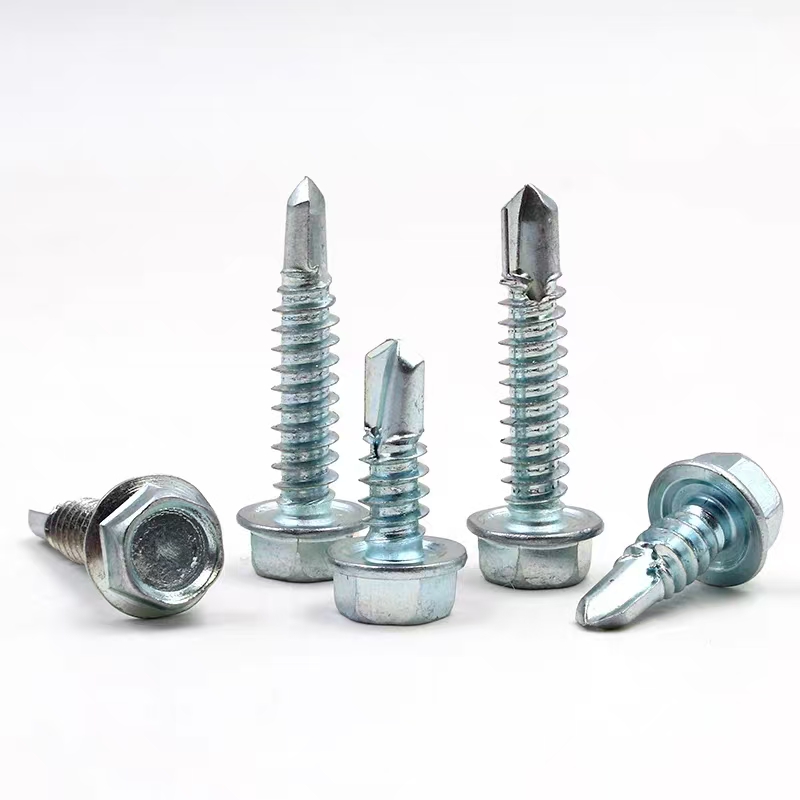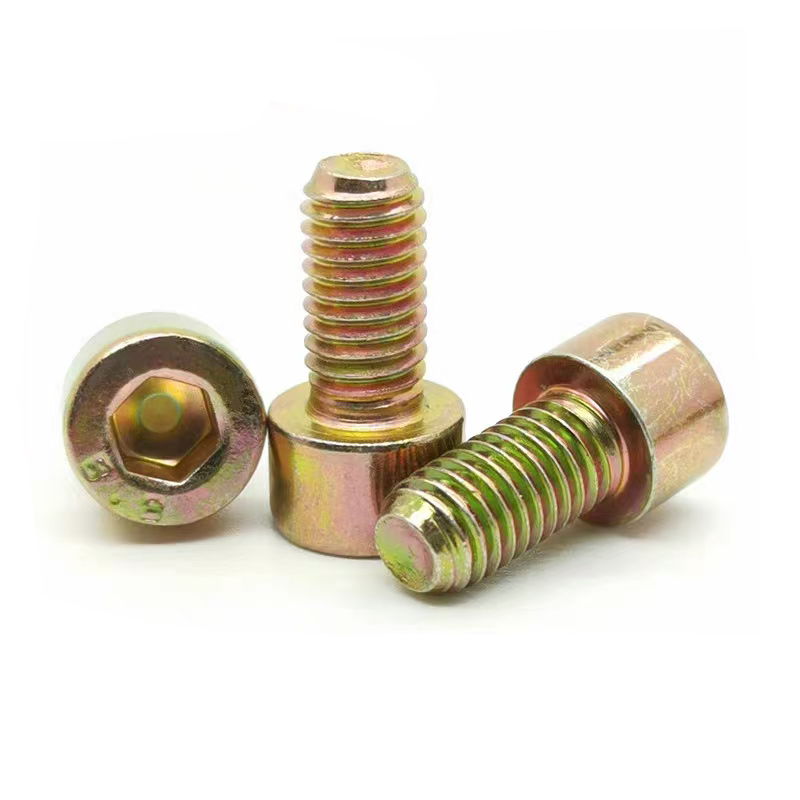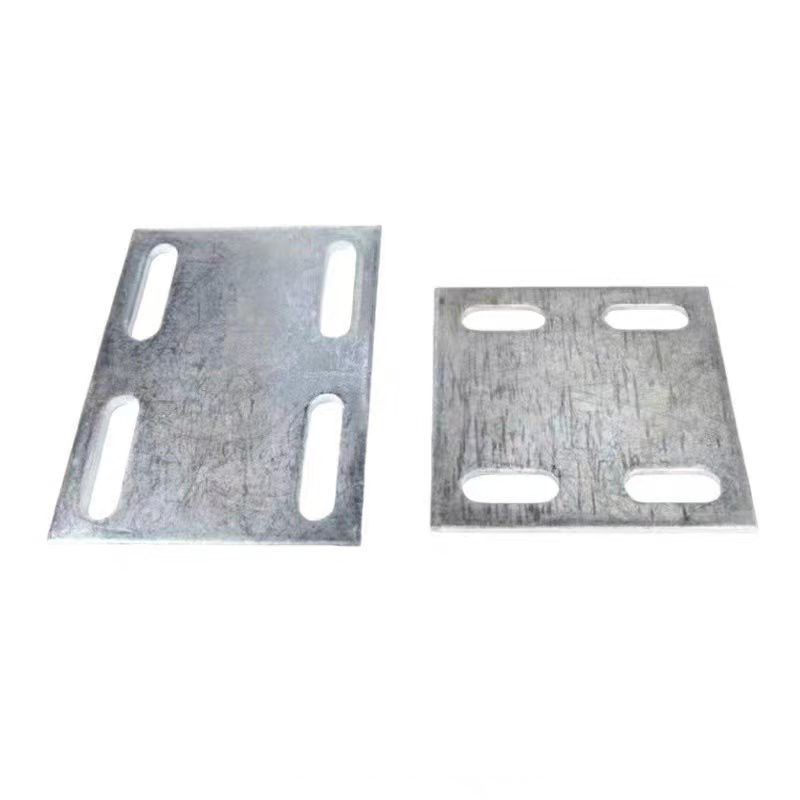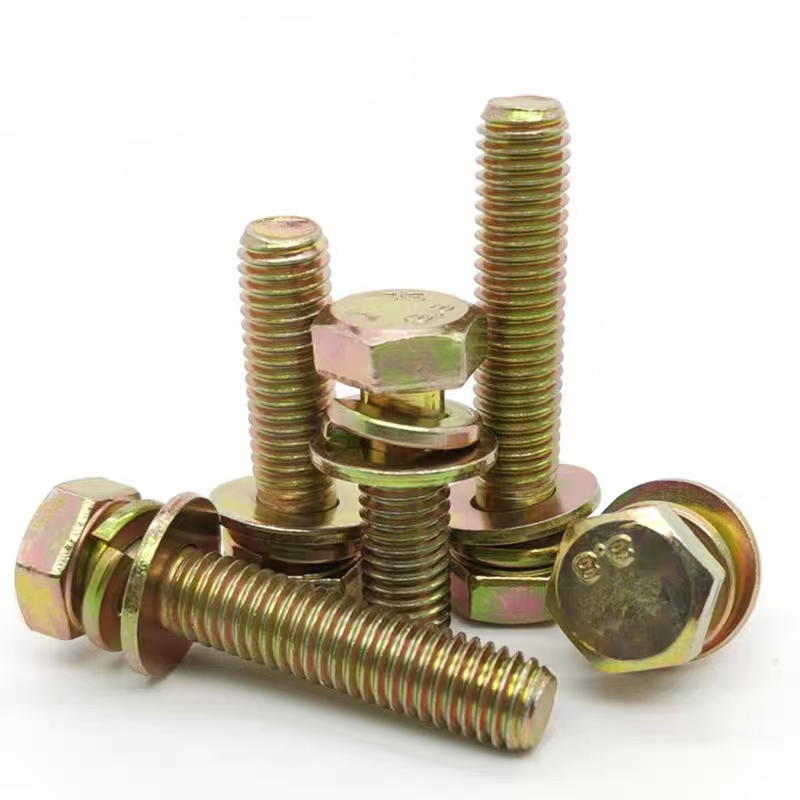- Chinese
- French
- German
- Portuguese
- Spanish
- Russian
- Japanese
- Korean
- Arabic
- Irish
- Greek
- Turkish
- Italian
- Danish
- Romanian
- Indonesian
- Czech
- Afrikaans
- Swedish
- Polish
- Basque
- Catalan
- Esperanto
- Hindi
- Lao
- Albanian
- Amharic
- Armenian
- Azerbaijani
- Belarusian
- Bengali
- Bosnian
- Bulgarian
- Cebuano
- Chichewa
- Corsican
- Croatian
- Dutch
- Estonian
- Filipino
- Finnish
- Frisian
- Galician
- Georgian
- Gujarati
- Haitian
- Hausa
- Hawaiian
- Hebrew
- Hmong
- Hungarian
- Icelandic
- Igbo
- Javanese
- Kannada
- Kazakh
- Khmer
- Kurdish
- Kyrgyz
- Latin
- Latvian
- Lithuanian
- Luxembou..
- Macedonian
- Malagasy
- Malay
- Malayalam
- Maltese
- Maori
- Marathi
- Mongolian
- Burmese
- Nepali
- Norwegian
- Pashto
- Persian
- Punjabi
- Serbian
- Sesotho
- Sinhala
- Slovak
- Slovenian
- Somali
- Samoan
- Scots Gaelic
- Shona
- Sindhi
- Sundanese
- Swahili
- Tajik
- Tamil
- Telugu
- Thai
- Ukrainian
- Urdu
- Uzbek
- Vietnamese
- Welsh
- Xhosa
- Yiddish
- Yoruba
- Zulu
- Kinyarwanda
- Tatar
- Oriya
- Turkmen
- Uyghur

China ptfe gasket
The Intricacies of China PTFE Gaskets
When discussing the landscape of China PTFE gaskets, it's essential to understand both the dynamic market and the nuanced applications that these particular gaskets occupy. Having dealt with various clients and industries, I’ve witnessed a range of misconceptions and learned a few insightful lessons over time.
Understanding PTFE Gaskets
Let's start with what a PTFE gasket truly is. Often, I hear people associate these with only chemical resistance, missing out on the broader picture. Indeed, their resistance to a vast array of chemicals makes them indispensable in many sectors. However, that’s not the full story. PTFE gaskets boast thermal stability and excellent sealing performance, which is why they are indispensable in applications from chemical manufacturing to food processing.
Over the years, I've realized that PTFE isn't a one-size-fits-all solution. Its non-reactive nature is excellent, but its softness can lead to potential creep or cold flow issues if not properly addressed with the right design or installation considerations. This is where practical experience with varied materials comes into play.
Recently, I faced a scenario while working with a client in the pharmaceutical sector. The challenge was ensuring absolute purity in the sealing environment. PTFE gaskets proved invaluable due to their non-leaching properties, ensuring both safety and compliance with stringent health regulations.
Challenges and Misconceptions
One recurring issue I encounter is the assumption that all PTFE gaskets are created equal. This couldn't be further from the truth. The manufacturing process, such as that implemented by companies like Handan Zitai Fastener Manufacturing Co., Ltd., can significantly influence the product quality. Their facility, conveniently located in Yongnian District, Handan City, underscores China's extensive and accessible manufacturing prowess.
What differentiates a high-quality PTFE gasket is its ability to maintain integrity under extreme conditions. The filler material, thickness, and external treatments all play crucial roles. It's fascinating to see how minor adjustments in these variables can lead to vastly different outcomes in performance.
I remember a project involving a high-temperature application where a poorly selected gasket resulted in a costly shutdown. The lesson was clear: understanding the manufacturing nuances and choosing the right supplier, such as those with the credibility found at Handan Zitai, is invaluable.
Practical Applications
It’s easy to underestimate the versatility of PTFE gaskets until one delves into specific use cases. An interesting scenario involved an automotive client aiming to enhance efficiency by cutting down on maintenance cycles. Here, PTFE gaskets' low friction properties played a pivotal role, effectively reducing wear and tear.
Beyond automotive, another compelling example comes from the oil and gas sector. You might not immediately think of PTFE gaskets in this context, but their application in flange connections can’t be overstated, especially where aggressive media and high pressure are in play.
Each application taught me the value of understanding context. Whether adjusting for cyclic loading or temperature fluctuations, the practicality is paramount, often involving iterative testing and recalibration, much like the process found in the standardized part production at Zitai.
Choosing the Right Supplier
When selecting a supplier, looking at the logistical benefits can be as crucial as the product quality itself. Handan Zitai Fastener Manufacturing Co., Ltd. boasts a strategic location near the Beijing-Guangzhou Railway. This strategic positioning not only facilitates quick delivery times but also underscores the robustness of China's supply chain infrastructure.
A supplier’s location can often be a game-changer. Having worked with both local and international markets, the difference in lead times can impact project timelines significantly, reinforcing the importance of geographically savvy partners.
Another aspect is transparency. You want a partner who communicates clearly, providing insights into product variations, like those seen with PTFE gaskets. I’ve had better experiences when the manufacturer maintains open lines of communication, as is often the case with established entities.
The Future of PTFE Gaskets in China
Looking to the future, the allure of China’s manufacturing landscape offers both opportunities and challenges. As environmental concerns rise, there’s a growing push for sustainable practices even within the realm of PTFE production.
Here lies the potential for innovation. New composite materials are being developed, aimed at enhancing both ecological impact and performance. Staying tuned to these developments will be crucial for staying ahead in an already competitive market.
To conclude, China PTFE gaskets hold a unique position, shaped not just by the materials themselves, but by the expertise and strategic insights of manufacturers. Knowing where to source, how to specify, and when to modify—all these make the difference between a project’s success and its challenges. And sometimes, that starts with a simple conversation with the right industry partner.
Related products
Related products
Best selling products
Best selling products-
 Colored zinc flange bolts
Colored zinc flange bolts -
 Electro-galvanized countersunk cross bolts
Electro-galvanized countersunk cross bolts -
 Electro-galvanized hexagonal drill thread
Electro-galvanized hexagonal drill thread -
 10.9S large hexagon bolts
10.9S large hexagon bolts -
 T-bolt (T-slot bolt)
T-bolt (T-slot bolt) -
 Colored zinc plated countersunk cross bolts
Colored zinc plated countersunk cross bolts -
 Umbrella handle anchor (J-type anchor bolt/umbrella handle embedded bolt)
Umbrella handle anchor (J-type anchor bolt/umbrella handle embedded bolt) -
 Hexagon socket colored zinc-plated bolts
Hexagon socket colored zinc-plated bolts -
 Electroplated galvanized gaskets
Electroplated galvanized gaskets -
 Electrogalvanized expansion bolts
Electrogalvanized expansion bolts -
 Electrogalvanized nuts
Electrogalvanized nuts -
 Electrogalvanized embedded plate
Electrogalvanized embedded plate












